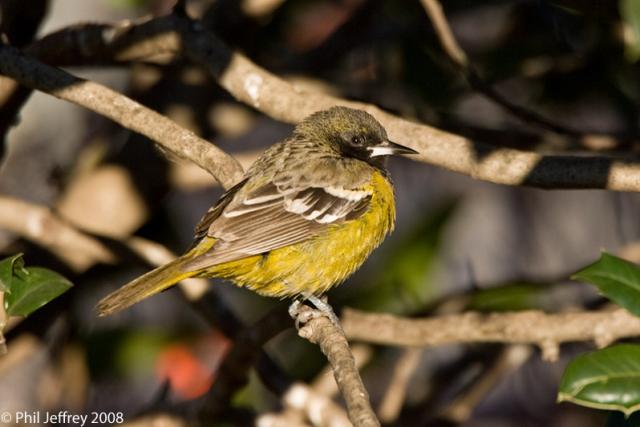The most recent review of the Canon 50D by dpreview.com suggests that the successor to the 40D hasn't eked much more resolution out of the images than its predecessor.
Ever since the introduction of the first "prosumer" digital SLR with the D30, Canon have done an epic job of increasing pixel count (and therefore resolution) of this line of cameras while keeping the noise level down:
D30, 3.1 megapixel, 10.1 micron pixels, [full-frame 7.9 mpix]
D60, 6.3 megapixel, 7.4 micron pixels, [full-frame 16.1 mpix]
10D, 6.3 megapixel, 7.4 micron pixels, [full-frame 16.1 mpix]
20D, 8.2 megapixel, 6.5 micron pixels, [full-frame 21.0 mpix]
30D, 8.2 megapixel, 6.5 micron pixels, [full-frame 21.0 mpix]
40D, 10.1 megapixel, 5.7 micron pixels, [full-frame 25.9 mpix]
50D, 15.1 megapixel, 4.7 micron pixels, [full-frame 38.7 mpix]
(all the chip sizes are essentially identical for this series of cameras)
The full-frame values are what you'd get in a full-35mm-size chip of the same pixel density.
The review suggest that both resolution and noise levels on the 50D are no better (or, in the case of noise level, worse than) the 40D. Have we finally hit the limitations of resolution with these Bayer matrix sensors ?
And for those who are wondering why I care: here's an explanation.
To oversimplify: pixel density is more relevant for telephoto shooters, while the total number of pixels is more relevant for people that can fill the frame with their subject.
Wednesday, November 5, 2008
Saturday, November 1, 2008
Wednesday, September 3, 2008
Canon 800mm f5.6
For a modest $11,599 + tax B+H is willing to sell you a Canon EF 800mm f5.6L IS
Despite the price tag it's quite a tempting lens. For one thing it's also a lot lighter than the 600mm f4L IS lens, while being around the same size (9.9 lbs vs 11.8 lbs), has an intrinsic focal length close to the 600mm + 1.4x teleconverter, and will be shockingly sharp without the converter or be an 1,040mm f8 lens with it.
Downside ? The minimum focus distance is 19.7 ft, so that's an 0.14x magnification at the closest range. The values for the 600mm f4 are 18.2 ft and 0.12x. So while you get a little extra magnification at closest distance you need to step back about a foot and a half. Of course, if you never get to within 20 feet of your subject this point is largely moot and the 800mm looks like an excellent option, modulo the price.
See Canon's own comparison between 500/4, 600/4 and 800/5.6.
Despite the price tag it's quite a tempting lens. For one thing it's also a lot lighter than the 600mm f4L IS lens, while being around the same size (9.9 lbs vs 11.8 lbs), has an intrinsic focal length close to the 600mm + 1.4x teleconverter, and will be shockingly sharp without the converter or be an 1,040mm f8 lens with it.
Downside ? The minimum focus distance is 19.7 ft, so that's an 0.14x magnification at the closest range. The values for the 600mm f4 are 18.2 ft and 0.12x. So while you get a little extra magnification at closest distance you need to step back about a foot and a half. Of course, if you never get to within 20 feet of your subject this point is largely moot and the 800mm looks like an excellent option, modulo the price.
See Canon's own comparison between 500/4, 600/4 and 800/5.6.
Monday, January 28, 2008
Scott's Oriole, NYC
Potentially a first state record, this first winter Scott's Oriole was initially found on Dec 4th, identified on Jan 23rd, and then attracted a great deal of interest from birds. These photos were taken on the morning of Jan 28th. More photos at my gallery and also off my home page.
Subscribe to:
Comments (Atom)



